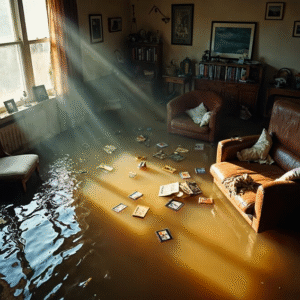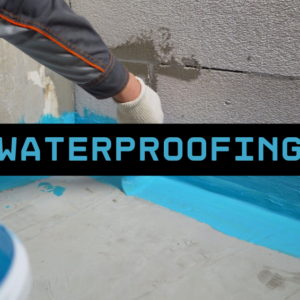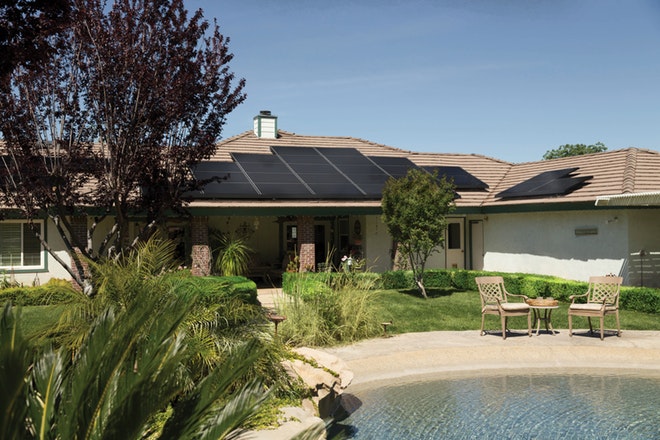These days, the challenges associated with rehabilitating a water pipeline aren’t necessarily due to a lack of adequate technology or methods to perform the repair. Rather, the single greatest challenge system managers face is budgetary. Limited finances can hamper any earnest attempt at proactively maintaining water and sewer systems, even when problems that compromise the integrity of the system have been clearly identified.
Of course, this means that those in charge of making these decisions need to understand how effective each method is given a particular situation. Before you embark on the arduous task of rehabilitating your pipes, take some time to establish a few metrics to determine how the efficacy of the initiative; doing so could save you time and money down the road.
Establish the Primary Problem
Of course, before any rehabilitation project can begin or any method be decided upon, the primary goal of the rehabilitation initiative needs to be determined. Depending on the goal, the method used to tackle the repair can vary significantly. For example, the method used to perform structural repair will vary from that used to eliminate infiltration, as will any initiative designed to improve the overall capacity of the system.
Most systems (particularly those consisting of rapidly aging infrastructure) likely have multiple issues that need to be addressed at any given time. While it may be tempting to tackle these simultaneously, the previously mentioned budgetary constraints may make doing so impractical if not completely impossible.
Before undertaking any rehabilitation activity it’s a good idea to prioritize it based on severity when considered against other actions that can be taken. Is the budget best served dealing with issue A versus issue B? Will addressing issue C result in greater cost savings in the next five to ten years rather than addressing issue D? Once the priority has been established, the proper method should be much easier to select.
Cost-Effectiveness Analysis
Cost analysis is a valuable tool in determining any project’s viability and is not limited to infrastructure rehabilitation. Since funding consists of a finite figure, it only makes sense to analyze a list of problems with the goal of identifying which task with yield the greatest possible benefit for a given investment. While performing this type of analysis it is important to rely on the experience and expertise of those tasked with making the repairs as well as those in management positions.
History of all Repair Records and Complaints
Keep in mind that simply performing a cost-effectiveness analysis is not in itself enough to gauge the effectiveness of pipeline rehabilitation. This type of analysis may not consider things like future degradation of the system, limitations on increased capacity.
Fortunately, gathering historical data like repair records and customer complaints can help paint a more comprehensive picture of what has been done in the past to address a particular issue. Once a project is complete, this data will be useful to measure if the project succeeded in terms of reducing the number of reported issues, if it worked as expected, or if it created new, previously undocumented problems.
By continuously evaluating current projects against historical data and keeping detailed records, makes it easier to quantify the resources needed to perform a particular task and provide a reasonable assurance of a project’s success.
With so many things to consider for any rehab project, it’s not always easy to even establish the preliminary metrics for effectiveness. However, if this process isn’t conducted thoroughly, you run the risk of mislabelling a project as effective when it’s not, and vice versa.
The process of pipeline leak detection and repair may be complex, but figuring out the health of your water pipes doesn’t have to be. Contact Echologics to see what we can do for you.






